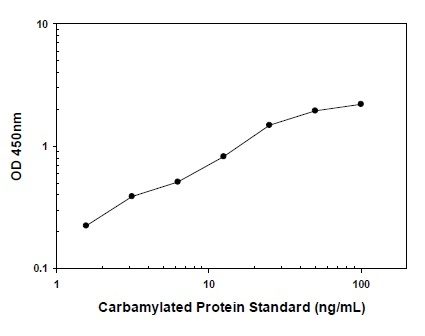Anti-Serotype 4 Fowl Adenovirus (FAdV-4) Fiber-2 Protein Mouse Monoclonal Antibody (1D7)
CAT.NO. : AXA0027
RMB Please choose
RMB Please choose
Size:
Trail, Bulk size or Custom requests Please contact us
*产品价格可能会有所调整,请以品牌方官网实时更新的价格为准,以确保准确性。
Background
Serotype 4 Fowl Adenovirus (FAdV-4) Fiber-2 Protein is a key structural protein of Fowl Adenovirus Serotype 4, a non-enveloped double-stranded DNA virus with an icosahedral capsid (70-90 nm in diameter) that protrudes one or two fiber proteins. It plays a critical role in viral entry by recognizing and binding to specific receptors on host cell surfaces. It exhibits strong immunogenicity, capable of inducing neutralizing antibodies in the host—subunit vaccines based on this protein can provide 100% protection for SPF chickens against FAdV-4 challenge when the immunizing antigen dose ranges from 25-100 μg per chicken. It has significant applications in FAdV-4 detection and vaccine development: the indirect ELISA antibody detection method established with this protein is sensitive, specific and accurate for quantifying antibody levels in immunized chickens; its subunit vaccines offer advantages like high safety and simple preparation processes compared to traditional attenuated or inactivated vaccines, making it a promising direction for FAdV-4 vaccine research.
Application
|
Application |
Recommended Dilution Ratio |
|
IFA |
1:500-1:1000 |
|
WB |
1:2000-1:5000 |
|
IP |
1:200-1:1000 |
*The optimal dilution ratio/concentration should be determined by researchers.
Overview
|
Host |
Mouse |
|
Antibody Subtype |
IgG |
|
Clonality |
Monoclonal |
|
Applications |
IFA, IP, WB |
|
Reactivity |
FAdV-4 Fiber-2 Protein |
|
Appearance |
Liquid |
|
Storage Buffer |
PBS, 20% Glycerol; Preservative: 0.05% Sodium Azide |
|
Storage Conditions |
Store at -20°C, valid for 1 year. Avoid repeated freeze-thaw cycles; can be stored at 4°C for 1-2 weeks. |
|
Concentration |
1 mg/mL |
|
Immunogen |
GST-Fiber-2, the Prokaryotic Expression Product of FAdV-4 Fiber-2 Gene |
Data

A: LMH cells infected with FAdV-4, B: LMH cells infected with FAdV-5, C: LMH cells infected with FAdV-6, D: LMH cells infected with FAdV-7a, E: LMH cells infected with FAdV-8a, F: LMH cells infected with FAdV-8b, G: LMH cells infected with FAdV-9, H: LMH cells infected with FAdV-10, I: Uninfected LMH cells
IFA results demonstrate that monoclonal antibodies 1C9 and 3C2 can effectively recognize LMH cells infected with FAdV-4 and FAdV-10; monoclonal antibody 1D7 can effectively recognize LMH cells infected with FAdV-4; and all three monoclonal antibodies have good specificity.

A: LMH cells infected with FAdV-4, B: LMH cells infected with FAdV-10, C: Uninfected LMH cells
WB results demonstrate that monoclonal antibody 1C9 can effectively recognize the Fiber-2 proteins of FAdV-4 and FAdV-10.

A: LMH cells infected with FAdV-4, B: LMH cells infected with FAdV-10, C: Uninfected LMH cells
IP results demonstrate that monoclonal antibody 1D7 can effectively immunoprecipitate the Fiber-2 protein of FAdV-4.

A: LMH cells infected with FAdV-4, B: LMH cells infected with FAdV-10, C: Uninfected LMH cells IP results demonstrate that monoclonal antibody 3C2 can effectively immunoprecipitate the Fiber-2 proteins of FAdV-4 and FAdV-10.
Storage
Store at 4°C short term. For long term storage, store at -20°C, avoiding freeze/thaw cycles.
Research Use Only
For Research Use Only. Not for use in diagnostic procedures.
 New Products
New Products
















